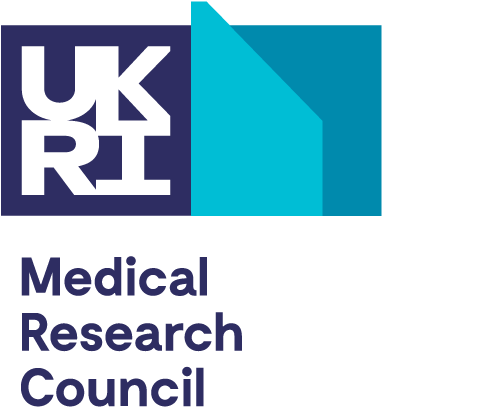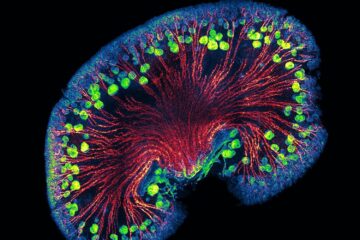Apply for funding to develop and test novel therapeutics, medical devices, diagnostics and other interventions.
You must be a researcher employed at a research organisation eligible for MRC funding.
You must be invited to apply for stage two of this funding opportunity.
- Upcoming
- Grant
- £30,000,000
- 2 May 2024
-
-
Apply for funding to develop and test novel therapeutics, medical devices, diagnostics and other interventions.
You must be a researcher employed at a research organisation eligible for MRC funding.
- Upcoming
- Grant
- £30,000,000
- 1 May 2024
-
-









